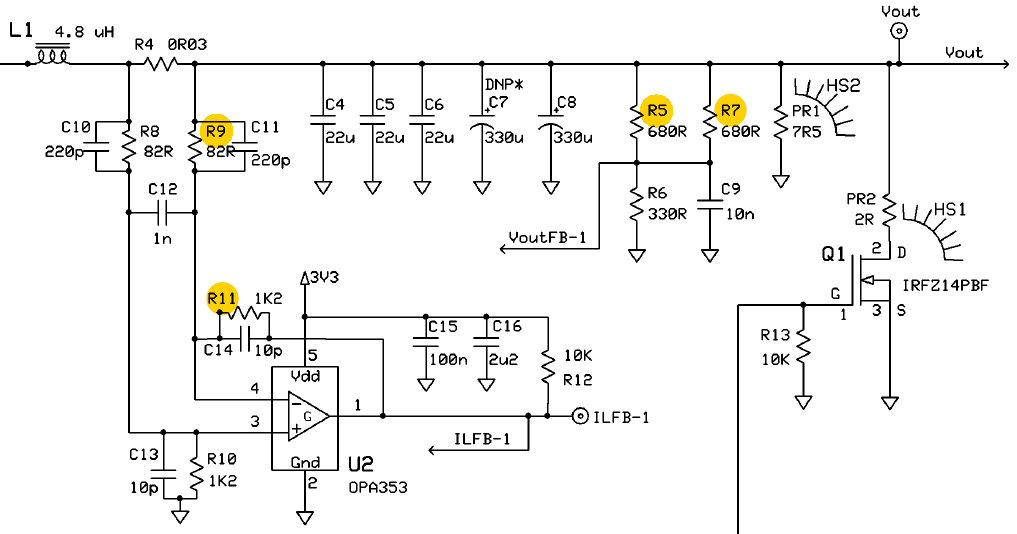Other Parts Discussed in Thread: POWERSUITE, TIDM-DC-DC-BUCK, LAUNCHXL-F280049C, SFRA, C2000WARE, INA293, INA198
Tool/software: Code Composer Studio
Hi Experts,
I want to design a custom power supply with below specifications. I want to use BOOSTXL-BUCKCONV As a reference design and Want to use F28379D as a Controller (I need 4mV/1mA measurement accuracy so need 16-bit resolution).
Vin: 72V
Vo: 0.8V to 65V
Iout: 0 to 6.5A
Now, I see that the power suit calculates the coefficients based on my I/O requirements. Now I want this power supply to run independently and It should be programmable to any voltage between 0.8 and 65 Is it possible to design this supply with the help of this reference design? Where Can I find the theory behind the digital power design and Some tutorials about it?
Recently I posted a few queries regarding this. Though of going with Buck converter IC with DAC for controlling the output voltage. But that's not suitable for the range I am looking at. I found that digital control is well suited for applications like this. But unfortunately, it's a new technology and has very less info about it.
Regards
Vishal


